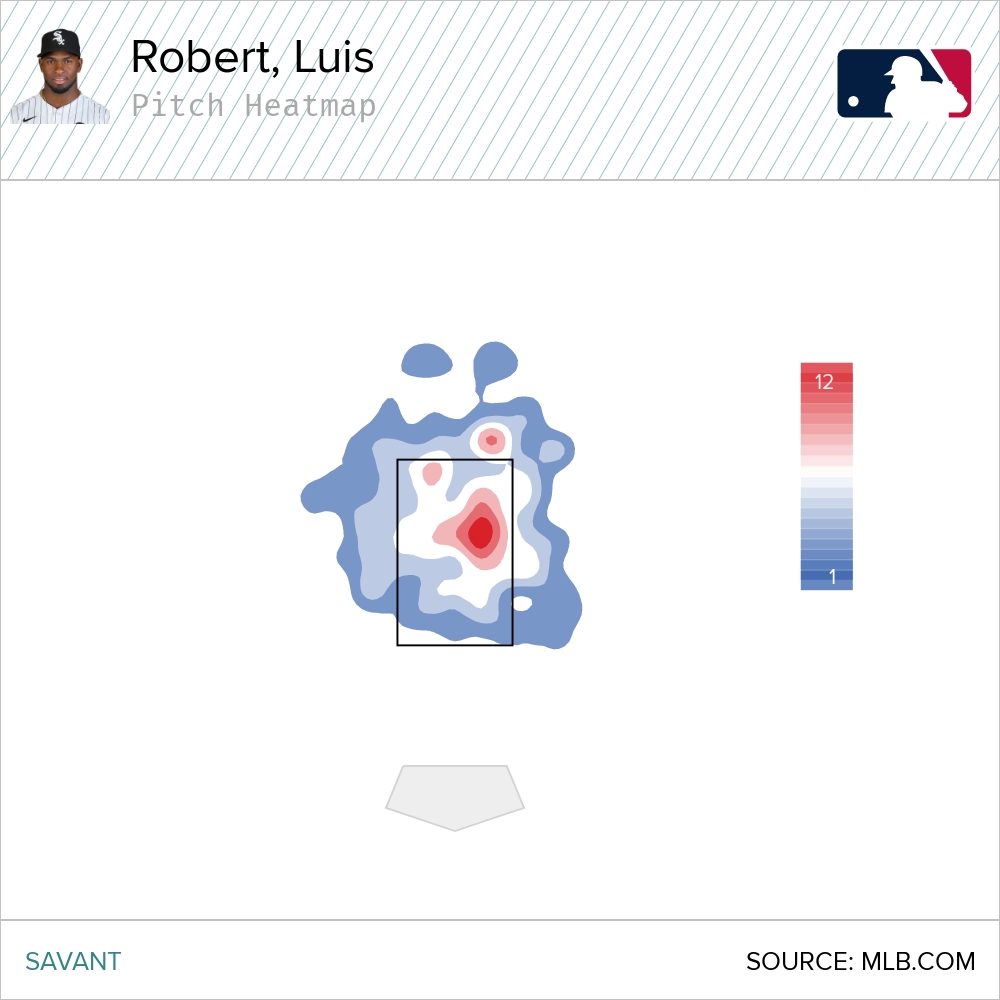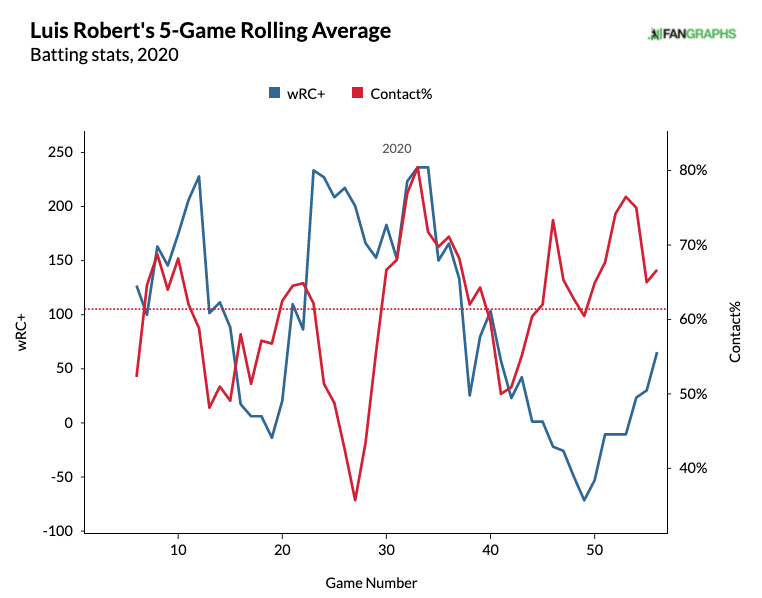As I’m sure just about everyone that is a fan of Pitcher List would be aware of, Kevin Mather is no longer the Chief Executive Officer of the Seattle Mariners.
Mather made a number of questionable comments, the most abhorrent on the subject of international players not speaking fluent-enough English. He specifically mentioned former Mariner Hisashi Iwakuma and current Seattle prospect Julio Rodriguez not speaking the language to his impossible standard.
He also made remarks in regards to lowballing free-agents, lamented the financial effects of COVID, and was proud to take ownership of the absurd parking prices in the area around T-Mobile Park. The whole thing reeked of arrogance.
But Mather also went on an extended tangent discussing the organization’s purposeful refusal to start the service clock of higher-end minor leaguers. By doing so, he essentially admitted to what baseball fans already knew to be true. Below is what Mather had to say on the subject:
It’s adorable that @Mariners CEO Kevin Mather thought having the Rotary Club delete the video from YouTube would make the problem go away. So predictable.
Here’s a few clips…
Mather talking about service time manipulation pic.twitter.com/zcvCJ6jTrk
— Nick Francona (@NickFrancona) February 22, 2021
I get why teams do it, and there are no rules regarding the practice. It’s just that there are so many dumb reasons why it’s done, and I don’t think the supposed cons outweigh tangible benefits.
Young players growing up in the era of information benefit so much from, you know…information. Everyone knows so much more about themselves. Their strengths, their weaknesses, the efficiency of a swing, ideal wrist action, everything. And as it always will be till the end of time, players are better than they’ve ever been. Now the “projects” stand a real chance, and everyone in the talent pool becomes more interesting.
When you successfully integrate beneficial data with supreme talent, it doesn’t matter if you can’t buy a beer. If you can play, you can play. Organizations don’t need to be so scared to let this generation thrive because today’s players are more equipped to handle it.
Among the growing number of players having been afforded that chance is Luis Robert, who lived up to all the billing as a rookie in 2020.
Already a Star
Robert won a Gold Glove in his first year playing one of the most demanding positions on the field, and he made it look stupid easy. He was tied for second place in Baseball Savant’s Out’s Above Average with 7 and was second in his position in Defensive Runs Saved, behind only Kevin Kiermaier. At only 23, he already plays such a fast yet under-control center field that his defense alone makes him a must-start six or seven days a week.
Baseball, however, doesn’t care that Robert is one of the most physically gifted players in baseball’s current existence. Sure he had his moments in the midst of a .233/.302/.436 line, but the uber-athlete was one of the game’s least efficient hitters.
Robert’s power has never been in question. He was among only 13 players to produce at least nine batted ball events with an exit velocity of 110+ miles per hour. Robert was also one of only eight players to produce multiple instances of 115+ mph events, with the one below clocking in at a career-high 115.8 miles per hour.
His raw abilities did translate to game power, as he managed 11 home runs and eight doubles in 227 plate appearances. Despite a low batting average, his power production resulted in a 105 SLG+ and an ISO also above the median. All you really need to see is what he did to Mike Fiers in Game Three of the Division Series to know he’s unique.
About the Whiffs…
Just as scouts awed over his power, they also forewarned his aggressive swing. Robert not only had the highest whiff rate in all of baseball (22.1%), but his exit velocity numbers underwhelmed. His average exit velocity was only in the 34th percentile according to Statcast, and his hard-hit per swing rate was the sixth-worst in baseball. Granted, that number was diluted. Robert’s whiff and subsequent contact rates were so low that only six guys struck out more than he did. His constant swings and misses hid the fact that Robert’s barrel-per-plate appearance figure was among the top-35 hitters in all of baseball.
Robert is special, and he proved it even in a shortened season. You have to be picky where you put stock in the 2020 season, and I’d definitely invest more in Robert’s positives than negatives. But geez, the dude swung at everything. The only guy to swing more was Hanser Alberto, and as an Orioles fan, I promise you any number in that range is a feat in itself.
I believe selectivity at the plate is a tougher skill than people realize and difficult to adopt. That’s not to say that a 23-year-old Robert isn’t capable of improving in that area, but a lot of times, players are what they are. So if you told me that my centerfielder would contend for legitimate Gold Glove consideration every year with 40+ home run potential, I’d compromise on the spot. That really is the kind of player we’re talking about.
Even if Robert’s extreme swing rates don’t improve much, you have to think there’s more contact to be found, considering how athletic and natural the game is to him. Owning the league’s third-lowest contact among regulars at 61 percent (league average was 75 percent), there are surely some answers hidden away in his profile. Robert’s inconsistency with the fastball is probably the best place to start.
Upon starting research, I was surprised to see that fastballs were the pitch that gave Robert the most fits, whereas most of his power came at the expense of breaking balls. His .260 wOBA against four-seamers isn’t ideal, and neither is a whiff rate of over 43 percent. And it wasn’t as if pitchers shied away from him, either.

Above is a heatmap of four-seamers thrown at Robert, showing pitchers tried to keep the heater away from his barrel. The opposing battery made it a habit to keep the fastball outside and above the strike zone. According to the Pitcher List leaderboard, he saw the 9th-most outside pitches among right-handed batters. In the red areas of the zone specifically, Robert managed only a .251 wOBA but had an average exit velocity of 92 mph, well-above his season average. In fact, his 92.5 mph average exit velocity against fastballs was also above his 2020 median.
Potentially Unlucky
There are a few other indicators that his stat line had more potential. His wOBA (.250) to xwOBA (.304) against four-seamers was the 24th-largest discrepancy among everyday players. His overall .351 batting average on contact (BACON) was equal to Manny Machado’s. Even Robert’s 16.7 ° average launch angle looks as pretty off the bat as you’d think. He pretty much averaged a line drive when putting the ball in play.

Credit: Baseball Savant
Robert’s swing and its intricacies are not of concern; instead, deciding when to hack is where he will find his largest potential for consistency. Cellar-dwelling in rates of contact while topping the leaderboard in whiffs is a bad combo but shouldn’t be all that surprising for a first-year major leaguer who was already known as a free-swinger. Recent rookies with massive whiff issues such as Austin Riley and Brandon Lowe have shown the ability to make more frequent contact, and I would venture to say that Robert’s swing is more adaptable than the two.
Given his proclivity to swing, only 10 players saw more pitches than Robert in Baseball Savant’s “chase” portion of the zone. Conversely, Robert saw a well-below average number of pitches in the “heart” of the zone. Those two numbers paired together tell me that Robert just needs more time. Though the 2020 season impacted player development in terms of game repetitions, Robert did get to play, and he got a 60-game preview of what to expect.
In a Chicago Tribune article a couple of weeks ago, Robert himself said that he expected to turn around his highlighted September struggles.
“I’ve been working hard on my offense, trying to get better there,” Robert said. “If last season would have been longer than it was, I would have been able to put up better stats. That wasn’t the case, and I just turned the page and this year I’m just working to get better. I followed my routine, doing all the work I always do and especially focusing on my offense to get better there.”
His month of September was statistically disappointing (21 wRC+), but he did start to put the ball in play more as the season wound down.

Credit: Fangraphs
I’d side with Robert in believing that he’d have hit his way out of the slump with more time. I also believe that having sixty games worth of action at only 22-years old can only be of benefit. Derek Carty’s BAT X projections, a formula that includes quality of contact, launch angle, and sprint speed in its thinking, says Robert posts a 110 wRC+ in 2021 with 29 home runs, 88 runs, and 20 stolen bases. FantasyPros has Robert’s average draft position at 41, and that seems pretty fair, all things considered.
Even if his swing-and-miss rates aren’t cut down by much, his pure power should be bankable. His speed should aid him in the doubles and triples departments as well. He’s going to get his, but if he can force pitchers to come over the plate on his terms, we’re talking about a guy that could return first-round value without anything changing too drastically. Robert has rare tools, and talent is what I covet most when I draft. I like to believe in it, and I don’t think someone like Luis Robert is far away from showcasing all of his.
